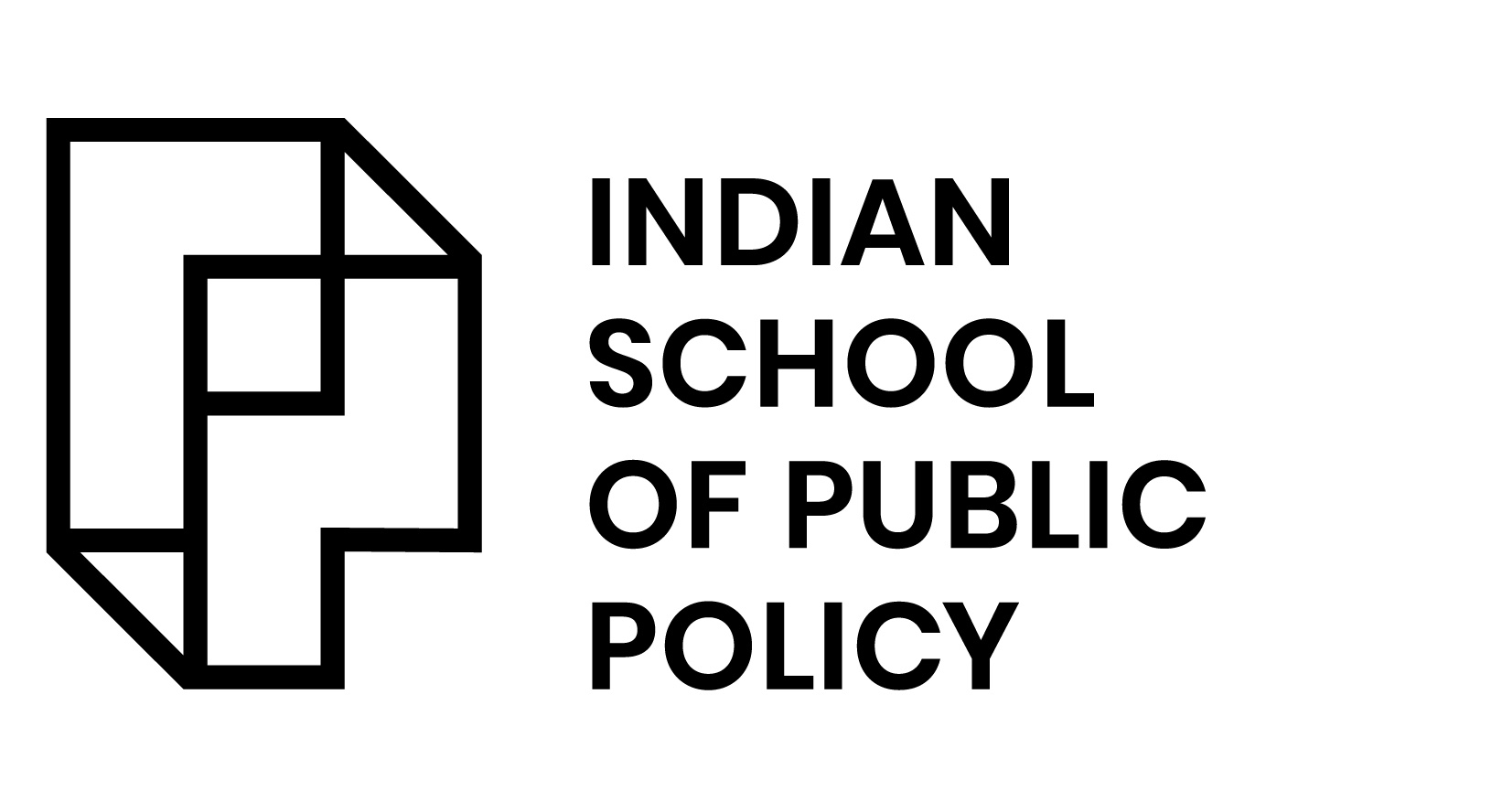
An analytical view of Gender Responsive Budgeting in post-COVID-19 India
The Government of India (GOI) defines Gender Budgeting as, “A process of identifying gender specific barriers across all sectors of development.”1 India began producing an annual Gender Budgeting Statement (GBS) as part of the Union Budget in 2005-06. A charter on Gender Budget Cells (GBCs) to be set up across GOI ministries was issued in 2007, and detailed guidelines to establish GBCs at state level were issued in 2012-13. The GOI’s Gender Budgeting Handbook (2015)2 makes mention of a sound understanding of gender equality, the involvement of each Department/Ministry, the effective utilization of GRB tools, and sex-disaggregated data as pre-requisites for efficient gender budgeting. In this context, our article provides an analytical framework to assess India’s progress on GRB, with particular emphasis on the GBS 2021-22.
An analytical view of GRB in India
Numerous frameworks have been developed for effective GRB in developed and developing countries. The Council of Europe applies gender budgeting principles on all European Union (EU) administered funds by conducting gender-based assessments of budgets and restructuring revenues and expenditures to promote gender equality at all levels of the government, across EU member states.3
The Overseas Development Institute advocates for a stronger focus on gender mainstreaming on the expenditure side of the Budget as opposed to the revenue side for developing countries in the early stages of GRB.4
The Governance and Social Development Resource Centre (GSRDC), an international think tank, highlights five key principles for GRB: (I) sex-disaggregated data collection and gender responsive analysis (ii) allocations as per strategic priorities/indicators (iii) performance monitoring (iv) civil society participation, and (v) the public disclosure of information.5
Drawing on these key principles, we analyse India’s Gender Budget 2021-22 along four parameters, evaluating the extent to which the GBS is transparent, responsive, evidence-based, and results-oriented.
Transparent
| Evidence-based
|
Responsive
| Results-oriented
|
Parameter 1: Transparency
Over the last 16 years, India’s GBS has evolved into a comprehensive document, providing item-wise allocation and expenditure details in a clear, predictable format. The number of Ministries/ Departments included in the GBS has more than doubled, from 14 to 33. India’s GBS has been recognized as one of the most streamlined and detailed gender-responsive budgeting (GRB) documents in Asia.6
However, some challenges with the GBS remain. The GBS clearly delineates allocations into two parts: Part A comprises women-specific schemes (100% allocation for women), and Part B for pro-women schemes, (30%-99% allocation for women). While this system allows policy makers to capture varying levels of the gender responsiveness in their schemes, the basis of the demarcation of schemes between parts A and B has been questioned on numerous occasions by public finance experts, such as Lahiri (2019)7 and Mehta (2020).8
Source: Union Budget Statements, 2005-06 to 2021-22
Moreover, in 2021-22, several ongoing schemes were compressed to create four new thematic umbrella schemes. Allocations have only been specified for these umbrella schemes. Though this approach allows for flexibility in allocation of funds within the umbrella, it reduces the detail around fund allocations and reporting on fund utilisation, not only in the current year, but also in subsequent years.
Table 1: Umbrella schemes introduced in the Gender Budget, 2021-22
Note: These scheme allocations only pertain to the Gender Budget component, not the full allocation of the scheme.
Source: GBS 2021-22
Parameter 2: Responsiveness
Ideally, GRB should be dynamic, and evolve on an annual basis, with allocations reflecting both the short-term needs for women during the year, and a well-defined medium-term strategy for gender equality. The extent of the Indian Gender Budget’s responsiveness can be gauged by observing: (i) total magnitude of the gender budget; (ii) distribution of allocations across schemes and ministries; and (iii) diversion of funds towards emerging priorities. We analyse each of these below.
First, the quantum of India’s Gender Budget between 2005-06 to 2020-21 has remained in the range of 4%-6% of the total expenditure, and less than 1% of GDP. The year 2020-21 was the only exception, when emergency spending on COVID-19 social protection schemes, like the Jan Dhan Yojana and Ujjwala Yojana drove the Gender Budget to 1.06% of GDP. In 2021-22, despite the disproportionate impact of COVID-19 on women9, the Gender Budget has fallen to 4.4% of the total budgetary expenditure and 0.7% of GDP. The paucity of the gender budget can be gauged from the example of gaps in allocations to support prevention of violence against women and girls (VAWG). Oxfam (2021)10 estimates an annual budgetary requirement of INR 10,000 to 11,000 crores for VAWG programming in India in 2018. However, budgetary allocations to support VAWG prevention stood at INR 797 crore, in the same year.
Source: Union Budget Statements, 2005-06 to 2021-22
Source: Union Budget Statements, 2005-06 to 2021-22
Second, for the past 16 years, India’s Gender Budget has been concentrated among five key Ministries and Departments: Rural Development, Women and Child Development, Agriculture, Health and Family Welfare, and Education.11 This trend has continued even in 2021-22, where these five Ministries account for 86% of the allocations. Further the top 10 schemes, which constituted about 65-80% of the Gender Budget between 2018-19 to 2020-21, were allocated 73% of the 2021-22 GBS.
Source: Union Budget Statements, 2005-06 to 2021-22
Source: Union Budget Statements, 2005-06 to 2021-22
Third, several new areas of gender gaps emerged in 2021-22 requiring immediate priority including social protection, prevention of domestic violence, skill training, public transport, digital literacy, and support for unpaid care work.12 While a small allocation was made for rural digital literacy and the introduction of the SAMBAL scheme resulted in nearly doubling the budget for tackling domestic violence, the total allocation for schemes in these areas comprised just 2% of the GBS 2021-22.
Source: Union Budget Statements, 2005-06 to 2021-22
Parameter 3: Evidence-Based
GRB can be approached either through an ex-ante or ex-post lens. Under the ex-ante method, gender-gaps across sectors, geographies and social groups are identified, their demand is estimated, costs of intervention are estimated, and targets are set by undertaking a cost-benefit analysis. Based on set targets, budget allocations are made. On the other hand, the ex-post approach involves analysing existing schemes through a gender lens and identifying the extent to which they address gender gaps.13 The ex-ante approach is bottom-up, requiring extensive use of sex-disaggregated data for gender gap analysis, as well as data from various levels of government – village, block, district, state and national levels to formulate targets and under cost-benefit analysis.
India’s experience of GRB has primarily been to follow the ex-post approach.14 While the Ministry of Women and Child Development’s Gender Budgeting Handbook (2015)15 urges the use of ex-ante GRB approaches such as participatory planning, spatial mapping and gender-sensitive checklists, Budget Circulars issued by the Ministry of Finance direct officials to identify allocations in existing schemes to be included in the GBS.16 Moreover, the gaps between budgeted and actual expenditures (which began being published in GBS 2019-20), indicate under estimation owing to lack of data driven, evidence-based gender needs analyses.
Parameter 4: Results-Oriented
Since 2017-18, the GOI has been producing an annual Outcome Budget, outlining measurable/quantifiable outputs and outcomes, against each scheme/project allocation across Ministries. The Outcome Budget 2021-2217 provides targets for 139 Central sector schemes and Centrally sponsored schemes. However, the GOI’s Outcome Budget does not report on the achievement of the targets in this Budget Statement, which makes it difficult to monitor results of government spending.
This Outcome Budgeting approach has not yet been applied to the Gender Budget Statement. Moreover, the MWCD’s Gender Budgeting Handbook 2015 advocates for monitoring the utilisation of the funds allocated to different Ministries and schemes, however, post-budget monitoring and impact evaluation of the Gender Budget has not yet been undertaken in India.
Way Forward: Improving India’s Gender Budgeting Practices
In order to chart a gender-inclusive post-COVID-19 recovery, the Central government should undertake a gender-needs assessment study to recalibrate the total fiscal envelope available for the Gender Budget, broaden allocations across Ministries, as well as target finances towards emerging priority areas.
Gender audits of Centrally sponsored schemes (CSSs) and flagship programs such as the Atmanirbhar Bharat Abhiyan should be undertaken to signal the importance of reporting gender impacts. In addition, the GBS should include measurable outcome and output indicators, and their annual progress should be reported. Most importantly, collection of gender-disaggregated data should be mainstreamed as a basic minimum requirement across dashboards of all CSSs, so as to normalize this practice.
Akin to the ease of doing business ranking, NITI Aayog can consider developing a Gender Budget performance monitoring initiative, such that Ministries and even states can be ranked on the quality, results, and impacts of their gender budgets.
And finally, capacity of GBCs which exist across 57 Central Ministries and 16 state governments should be enhanced through regular training. Central Ministries and states which are yet to adopt GRB should be supported through additional capacity building measures.
We are grateful to Geetika Malhotra, Anushka Bansal, and Ishita Uppadhayay for their contributions to this piece.
References
- Ministry of Finance, Department of Economic Affairs, Government of India. (2021). Budget Circular 2021-2022. https://dea.gov.in/sites/default/files/Budget%20Circular%202021-2022.pdf
- Ministry of Women and Child Development, Government of India. (2015). Gender Budgeting Handbook. https://wcd.nic.in/sites/default/files/GB%20-%20Handbook%20October%202015.pdf
- European Institute for Gender Equality. (2017). Gender mainstreaming: gender budgeting. DOI: 10.2839/07916. https://eige.europa.eu/publications/gender-mainstreaming-gender-budgeting#:~:text=The%20purpose%20of%20gender%20budgeting,gender%20equality%20and%20women’s%20rights
- Welham, B., Barnes-Robinson, K., Mansour-Ille, D., and Okhandiar, R. (2018). Gender-responsive public expenditure management. Overseas Development Institute. https://www.odi.org/sites/odi.org.uk/files/resource-documents/12188.pdf
- Bosnic, M. (2015). Gender responsive budgeting. GSDRC Professional Development Reading Pack no. 14. Birmingham, UK: University of Birmingham. http://gsdrc.org/docs/open/reading-packs/grb_rp.pdf
- Chakraborty, L. (2016). Asia: A Survey of Gender Budgeting Efforts. International Monetary Fund. IMF Working Paper, Strategy, Policy, and Review and Research Departments. https://www.imf.org/external/pubs/ft/wp/2016/wp16150.pdf
- Lahiri, A. (2019). Fifteen years of gender budgeting in India: A Retrospective. Ideas For India. Retrieved 5 March 2021, from https://www.ideasforindia.in/topics/social-identity/fifteen-years-of-gender-budgeting-in-india-a-retrospective.html.
- Mehta, A. K. (2020). Union Budget 2020–21: A Critical Analysis from the Gender Perspective. Economic and Political Weekly. Retrieved 5 March 2021, from https://www.epw.in/engage/article/union-budget-2020-21-from-gender-perspective.
- Khan, P. R., & Nikore, M. (2021). It is time to address COVID-19’s disproportionate impact on India’s women. Asian Development Bank. Retrieved 5 March 2021, from https://blogs.adb.org/blog/it-time-address-covid-19-s-disproportionate-impact-india-s-women.
- Oxfam. (2021). Towards Violence Free Lives For Women. Oxfam India. https://d1ns4ht6ytuzzo.cloudfront.net/oxfamdata/oxfamdatapublic/2021-02/Gender%20Budget%20and%20Financing%20for%20VAW%20-9.pdf?ZoJ4ukZCF1zMZrqtWwt2M7yagQyKAErv
- The erstwhile Ministry of Human Resource Development was renamed Ministry of Education from 2021-22 under the New Education Policy 2020.
- UN Women Headquarters. (2020). Policy Brief: The Impact of Covid-19 On Women. United Nations. https://www.unwomen.org/-/media/headquarters/attachments/sections/library/publications/2020/policy-brief-the-impact-of-covid-19-on-women-en.pdf?la=en&vs=1406
- Chakraborty, L. (2014). Gender Responsive Budgeting, as Fiscal Innovation: Evidence from India on “Processes.” National Institute of Public Finance and Policy, New Delhi. https://nipfp.org.in/media/medialibrary/2014/02/WP_2014_128.pdf
- Mehta, A. K. (2020). Union Budget 2020–21: A Critical Analysis from the Gender Perspective. Economic and Political Weekly. Retrieved 5 March 2021, from https://www.epw.in/engage/article/union-budget-2020-21-from-gender-perspective.
- Ministry of Women and Child Development, Government of India. (2015). Gender Budgeting Handbook. https://wcd.nic.in/sites/default/files/GB%20-%20Handbook%20October%202015.pdf
- Ministry of Finance, Department of Economic Affairs, Government of India. (2021). Budget Circular 2021-2022. https://dea.gov.in/sites/default/files/Budget%20Circular%202021-2022.pdf
Ministry of Finance, Government of India. (2021). Outcome Budget 2021-2022. https://www.indiabudget.gov.in/doc/OutcomeBudgetE2021_2022.pdf
The views expressed in the post are those of the author and in no way reflect those of the ISPP Policy Review or the Indian School of Public Policy. Images via open source.

